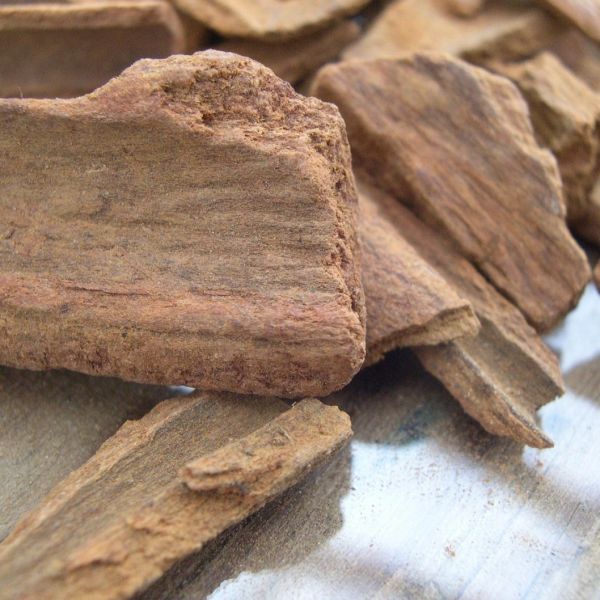| Latin Name : | Cinnamomum cassia |
| English Name : | Cinnamon Cassia, Chinese Cinnamon |
| French Name : | Cannelle cassia, cannelier de Chine, cannelle de Chine |
| Family : | Lauraceae |
| Origin : | Vietnam, China, Indonesia |
History and Origin
Cinnamon tree is slender and can reach 20 metres in height. Both its leaves and its bark contain essential oil, it is therefore highly useful for its medicinal and aromatic properties in Asiatic countries, where it grows naturally. The bark is harvested off the tree and steam distilled. On the medicinal level, it is used similarly as Ceylon cinnamon, mainly to treat flatulence, colic, diarrhea, and nausea. In Chinese traditional medicine, it is used mainly in cases of vascular disorders. To produce its cinnamon hydrosol, Aliksir gets certified organic bark from a fair trade and sustainable development organism distributing products from Indonesia and Guatemala.







